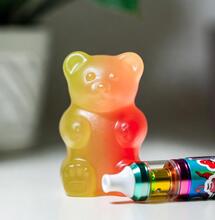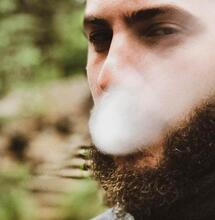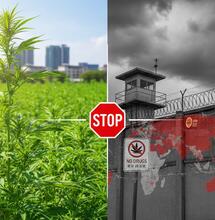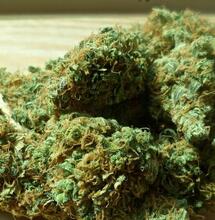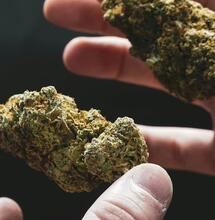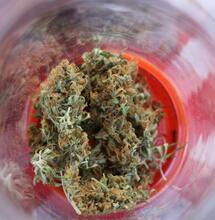Can Cannabis Help Your Art?
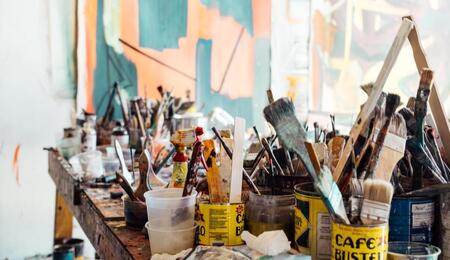
Many people use Cannabis recreationally to help them get through a creative block or brainstorm new ideas for a new art project they might be working on. The history of art is full of examples of famous painters, musicians, writers, poets, who have also sourced inspiration from "getting high" sessions. But what is really like the relationship between Cannabis, creativity and arts? At what point does the consumption of weed enhance the artistic mojo?
If you take a typical Cannabis & Wine tour in California or Colorado today, you can expect that it has something like painting or pottery classes included in the agenda. It's good for your gift, they say. But the recreational use of drugs such as cannabis for the purpose of making more extraordinary art goes a long way back, with prominent names such as Salvador Dali, Pablo Picasso, and Charles Baudelaire crowning the list of psychedelics users.
Neurologists have sought to discover more about the link between creative people and the use of Cannabis. One area of the brain that draws interest in studies on this subject is the brain's frontal lobe. Supposedly, highly creative people have more activity in this part of the brain. On the other hand, marijuana use can stimulate exactly the frontal lobe of the brain.
Which means, it's not just an empty blabber. There is some scientific evidence that explains how Cannabis potentially helps creative minds of all kinds to "get in the zone" or "get in the flow" more easily.
Science as well as 'user experience' of course, suggests that the capacity of Cannabis to boost the creative genius does depend on the dosage and the strain and the person's response or tolerance to weed. As with everything else, it's easy to overdo it and miss on the effect you aim to get from smoking. Balancing would be a personal matter as everyone knows their limits best.
Musician and songwriter Aaron Lammer perhaps sums it up the best: "When it comes to both creativity itself, and creativity as it pertains to using marijuana, no two people are the same."
Lammer, who also has a podcast named Stoner dedicated to this topic, goes on to say: "Most people who are capable of having a creative, energetic, focused, productive experience have experimented a lot on themselves, and have learned to be patient when it comes to figuring out what works for them and what doesn't—whether it's marijuana they're experimenting with, or something else."
One of the most knowledgeable scientists on the Cannabis-creativity subject, Dr. Alice Flaherty, says that "Everybody is trying to show that marijuana does everything." An associate professor of neurology and psychiatry at Harvard Medical School, Flaherty adds, "If it was doing anything for creativity, people would be publishing it up the wazoo, and they're just not."
"A very anxious creative person may get some benefit from cannabis. In calming them down, it could help their creativity," she says. "But for someone who's already in the zone, and who's not too anxious to work, it might push them into a place of being too laid back."
Furthermore, research from the University College London claims that Cannabis promotes dopamine release, which improves verbal fluency or being able to rattle off as many words as possible beginning with a given letter in a single minute. Interestingly, this was more true about subjects seen as "low creativity." The use of weed made "low creatives" "less inhibited," the researchers concluded, whereas it had less effect or no effect at all on "high creativity" subjects.
To sum up, there are a few things to consider when you want to use weed to ignite that spark that's missing in your artistic endeavors.
- Find a strain that works for your creativity. Some pot strains may not exactly work for that and can rather escort you to bed for example.
- Be clear with what you want to take from weed. If you want to calm down so you can do your thing, look for a strain that's suitable for that.
- Too little or too much might not do it. Observe your reaction and determine the optimal amount to get your brain going.
Whatever you do, don't forget to enjoy the process.
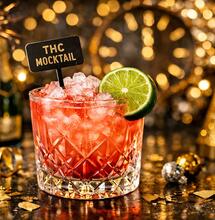
.jpg)
